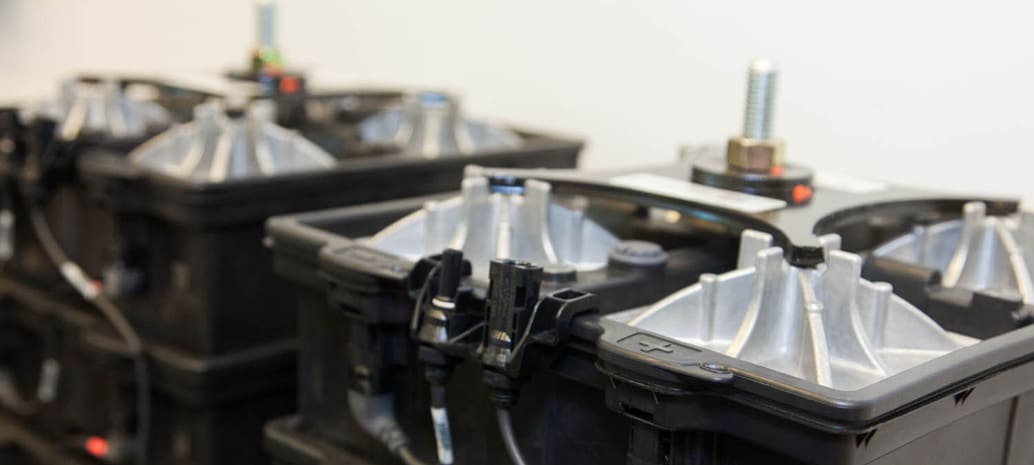A report, “New York City’s Aging Power Plants: Risks, Replacement Options and the Role of Energy Storage” was prepared by Stratagen Consulting for the New York Battery and Energy Storage Consortium. The report describes a developing crisis of a large part of the Big Apple’s power plant infrastructure in varying stages of overdue retirement. Thousands of megawatts of steam and gas turbine systems, responsible for much of New York City’s non-carbon pollution, especially in proximate low-income communities, are apparently beyond effective retrofitting and their electricity generation, especially during peak hours, need to be replaced. At present, only a few hundred megawatts are at the facility study phase, which may mean an earliest date of online startup of 2021.
This challenge is especially acute due to constricted resource and demand needs. New York City generates slightly more than half its electricity locally, and cannot easily access clean power from hydro or wind power sources due to lack of transmission, particularly during daytime peak hours. On a statewide basis, the growth of natural gas sourced electricity threatens carbon reduction goals.
The Stratagen study determined that a serious commitment to energy storage systems would make them economically competitive with new leaker plants. Like solar and other renewable energy, energy storage would require long term contracts and NY Independent System Operator compensation for financial viability. An interesting note is that peakers apparently operate at less than 10%, below the capacity factor of PV, with energy storage providing dispatching capability to solar. New York City ratepayers meanwhile pay $268 million a year in capacity charges for peakers, which could finance energy storage instead.
As reported in a previous pv magazine article, New York City has slightly more than 100 MW of solar installed, mostly behind the meter, with Staten Island having the largest share at 34 MW, followed by Queens County at 26.1 MW. This is early days for the growth of the PV market and not yet a significant enough factor to raise curtailment issues like in California. New York City has a goal of 1 GW of solar PV capacity in parallel with NY Sun’s 3 GW for the entire state. The National Renewable Energy Laboratory estimates a potential feasible capacity of 8.6 GW for New York City. Much of this PV resource, as well as future front of the meter projects, can be more effectively shifted to match later afternoon and early evening peak demands primarily due to summer time cooling.
Like PV, energy storage systems can be rapidly deployed, with one of the best examples cited being the California Aliso Canyon energy storage projects, in response to a natural gas infrastructure crisis. Fast, concerted action enabled a process which went from a request for proposals to 94.5 MW/342 MWh installed online in seven months. The economics for energy storage are also lining up to be competitive with peaker plants. The latest study from consultancy Lazard shows the various energy storage systems at 100 MW, 400 MWh increments to be as low as $285/MWh over a 20 year life cycle for lithium-ion. Cost reductions for lithium ion and other energy storage technologies are expected to decline an average of 5-11% per year. Economic energy storage systems can act as a strategic hedge against the risk of future natural gas price increases, presently hovering around a Henry Hub spot rate of $3/MMBTU.
This content is protected by copyright and may not be reused. If you want to cooperate with us and would like to reuse some of our content, please contact: editors@pv-magazine.com.








can replace chp power plants